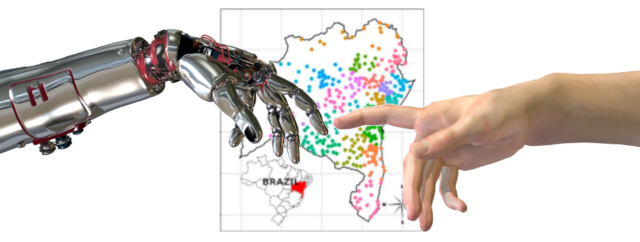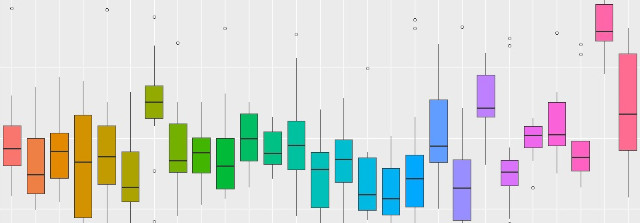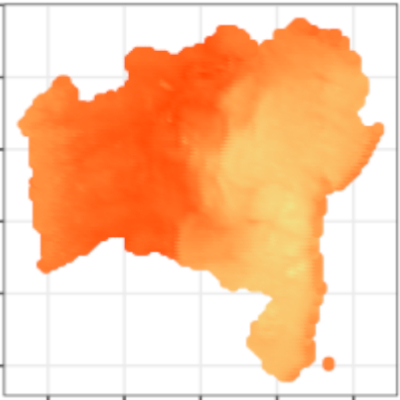The COVID-19 pandemic, caused by the highly transmissible SARS-CoV-2 virus, has overloaded health systems in many contexts Conant and Wolfe (2008). Brazil has experienced more than 345,000 deaths, as of April/2021 Conant and Wolfe (2008), with dire consequences for the country’s public and private health systems. This paper aims to estimate the synchronization graph between the cities’ contagion waves from public COVID-19 data records. For this purpose, the Motif Synchronization method Magwire et al. (2011) was applied to publicly available COVID-19 data records to determine the sequential relationship of occurrence of the waves among Bahia’s cities. We find synchronization between waves of infection between cities, suggesting diffusion of the disease in Bahia and a potential role for inter-city transportation Saba et al. (2018), Saba et al. (2014), Araújo et al. (2018) in the dynamics of this phenomenon McKee and Stuckler (2020), Chinazzi et al. (2020), Tizzoni et al. (2014). Our main contribution lies in the use of the Motif–Synchronization method applied to COVID-19 data records, with the results revealing a pattern of disease spread that extends beyond city boundaries.
AUTHORS:
Hugo Saba, A.S. Nascimento Filho, José G.V. Miranda, Raphael S. Rosário, Thiago B. Murari, Eduardo M.F. Jorge, Elaine C.B. Cambui, Márcia S.P.L. Souza, Ana C.F.N. Silva, Márcio L.V. Araújo
Keywords:
COVID-19, Spread, Motif–Synchronization







